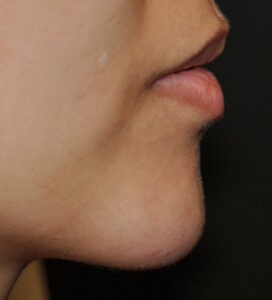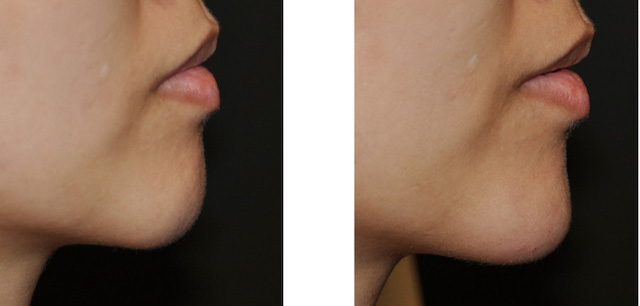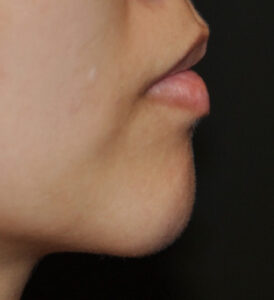While injectable fillers were initially introduced for their soft tissue augmentation effects, their use has become expanded for facial contouring which often equates to bone augmentation. One common site for injectable facial bone augmentation is the chin. Chin augmentation by injection can be a good option for some patients who seek an immediate non-surgical result as well as to determine if the effect is desirable. While not permanent filler resorption has the benefit of returning one back to their preinjection appearance should an undesired aesthetic effect occur.

In the August 2020 issue of the journal Plastic and Reconstructive Surgery an article was published entitled ‘Unexpected Bone Resorption in Mentum Induced by the Soft-Tissue Filler Hyaluronic Acid: A Preliminary Retrospective Cohort Study of Asian Patients’. In this clinical paper the authors studied 160 patients (80 treated and 80 control) using CT scans of chins that had been treated with injectable chin augmentation vs those that had not. Bone resorption of the chin was determined by the ratio of bone thickness at the incisive fossa vs that of the symphysis. Injection volume as well as the number of injections was also used to determined.
Their study results showed that patients injected with more than 1ml of filler were more susceptible to bone ‘erosion’ than those with injection volumes under 1ml. No differences were seen whether patients had one or multiple injections or differing time intervals between the injections. The bony changes were not associated with any reduction in the aesthetic effects. (although it was not clear how that assessment was made)
The concept of bone ‘erosion’ has long been associated with chin implants. It is a completely misinterpreted biologic event that is the natural phenomenon of placing a spacer between the bone and the overlying soft tissues. Since the implant works by putting pressure on the soft tissues, the bone responds to this pressure by adapting and relieving the unnatural pressure on the bone. (biologic boundaries concept) This creates a passive adaptation to the implant by allowing it to settle into the bone a bit. It is a passive process that is self-limiting and should never be equated with active bone erosion which signifies an inflammatory process.
It is interesting and initially unexpected that a much softer injectable filler can create some similarities to an implant-induced bone response. But it actually supports the biologic boundaries concept. These type of bone changes have no adverse aesthetic or biologic consequences.
Dr. Barry Eppley
Indianapolis, Indiana




